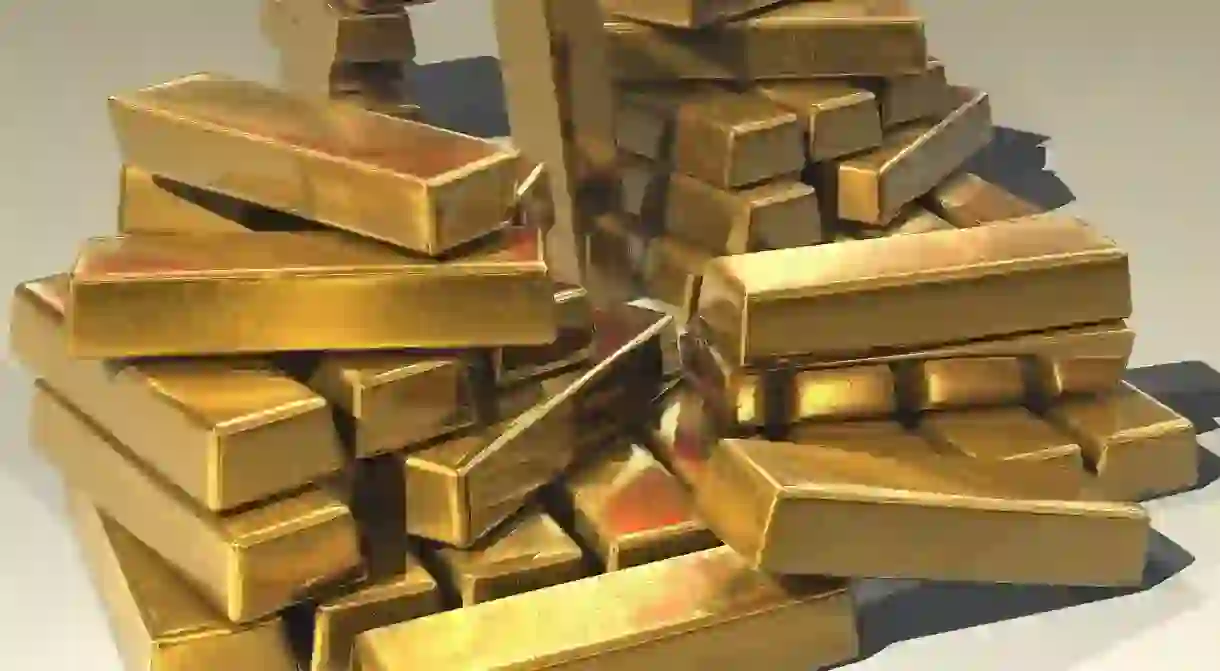A Look at the Lapland Gold Rush

Many people know of the ill-fated California gold rush of the mid-19th century, and how it played a role in transforming the United States. But not a lot of people know that the frozen tundra of Northern Finland had its own gold rush shortly afterwards, which also played a significant role in shaping the country. Here is the little-heard story of the Lapland gold rush.
Striking gold
Finland’s gold rush began in 1868 with a state-funded exhibition to find gold that was rumoured to be located in Finnish Lapland, after a Norwegian geologist conducted a survey of the area and reported finding gold there. The leader of the exhibition, Johan Conrad Lihr, later head of the Mint of Finland, discovered gold in the Ivalojoki River.

By the next summer, the area was flooded with gold miners hoping to uncover more Lappish gold. The peak of the Finnish gold rush lasted for three summers, with over 500 miners arriving to try their luck at finding the precious metal. A headquarters for government officials was built by 1870. Finland was still under Russian control at the time, so Tsar Alexander II passed a gold prospecting statute in hopes that the new gold deposits would help to ease Finland’s extreme poverty.

As the new statute meant that any citizen (apart from marginalised groups) could mine for gold, thousands of people moved from across the Russian Empire to Northern Lapland in hopes of striking it rich, as there was a famine in Finland at the time. As with other gold rushes, there was a sense of romanticism, and the idea of finding a nugget large enough to retire on must have made the 11-hour workdays of hard manual labour seem worthwhile.

The second-wave gold rush
This initial rush lasted only a few years, and the government buildings were soon turned over to scientists studying the Aurora Borealis, but the gold fever arguably never really died down. Prospecting operations, albeit smaller in size, continued in hopes of finding new deposits. The largest nugget ever found in Finnish Lapland was panned in the Lutto River in 1935 by prospector Eevert Kiviniemi, and weighed 392.9 grams (13.9 ounces).

Despite this find, prospecting in Lapland was slow for several decades. After many years of false rumours, there was a second-wave gold rush in the Lemmenjoki River in the 1940s and 50s. This one was such a success that two new airfields were cleared out for transporting the gold. The largest nugget that was found this time around weighed 183 grams (6.5 ounces).

Where to find gold today
While the gold rush may be over, new deposits do occasionally turn up, but gold mining is now strictly controlled in Finland. Manual gold panning is still legal, however, so urban legends of treasure just waiting to be found still bring prospectors and tourists to Lapland every summer. The former gold mines have now mostly been transformed into tourist attractions where people can learn more about the history of the metal in the region, including the former government building known as Kultala or ‘Golden Crown’.

Tankavaara Gold Mining Village and the nearby Gold Museum are also popular attractions, as visitors can pan for gold and jewels there and are allowed to keep whatever they find. While most do it just for fun, the rumours of striking it rich aren’t completely unfounded. One visitor reportedly found a nugget weighing 39 grams (1.38 ounces), which was enough to buy him a moped. The museum is trying to have the Ivalojoki River listed as a UNESCO World Heritage Site because of its significant place in Finnish history.














